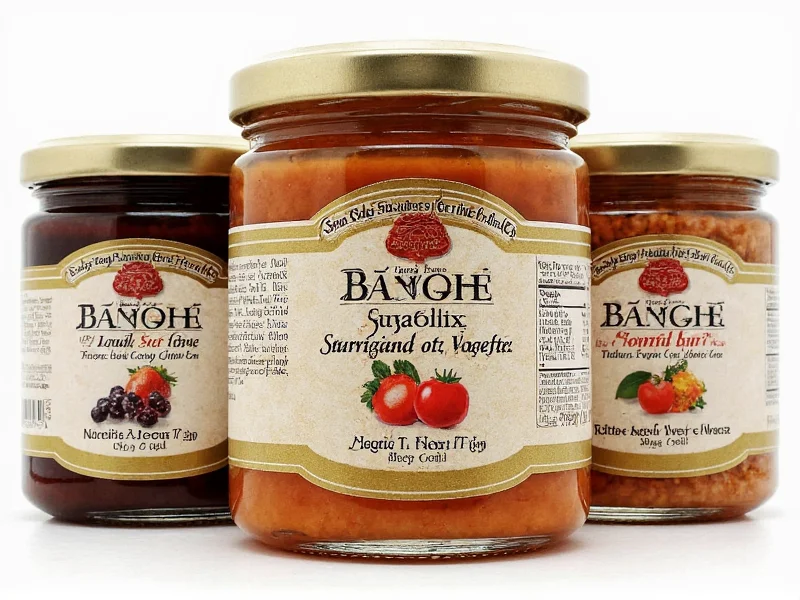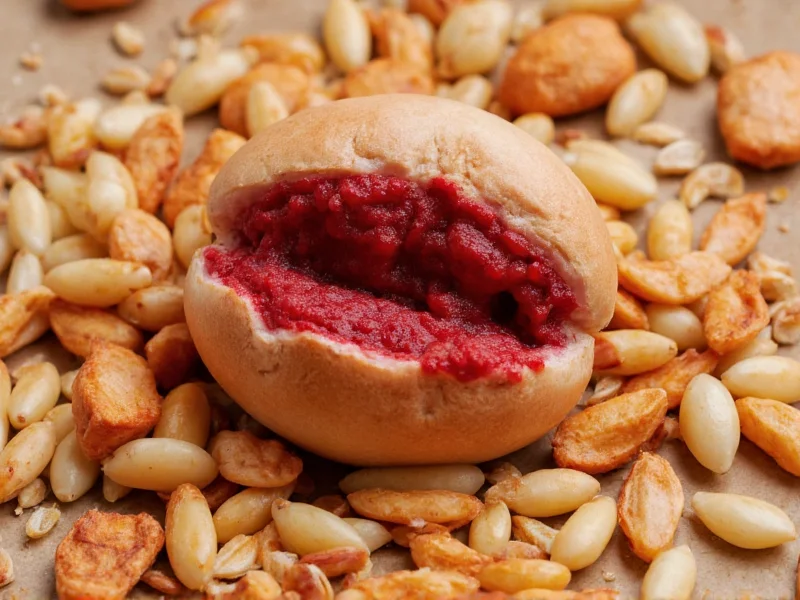Why Bitter Snacks Deserve Your Attention
Most people instinctively avoid bitter tastes, associating them with spoiled food or toxins. Yet modern research reveals this aversion causes us to miss critical health advantages. Bitter compounds trigger physiological responses that sweet or salty snacks can't replicate—especially for digestion and metabolic regulation. With rising diabetes rates globally, understanding these functional foods isn't just culinary curiosity; it's preventive healthcare.
The Science-Backed Power of Bitterness
Bitterness isn't a flaw—it's a biological signal. When you consume bitter compounds, they activate TAS2R receptors not only on your tongue but throughout your gut. As confirmed by NIH research, this stimulates AMPK protein production, which improves insulin sensitivity and reduces blood glucose levels by up to 20% in clinical trials (NIH PubMed, 2020). These receptors also regulate appetite hormones and gut microbiome balance, explaining why traditional diets worldwide incorporate bitter foods before meals.

Top Bitter Snacks Compared: Health Impact vs Practicality
| Snack Type | Key Health Benefit | Optimal Usage | Quality Warning |
|---|---|---|---|
| 70%+ Dark Chocolate | Lowers inflammation; 15% reduced diabetes risk with regular consumption (Healthline) | 1-2 squares 20 mins before meals to curb appetite | Avoid "alkalized" versions—they destroy flavonoids |
| Bitter Melon Chips | Reduces post-meal blood sugar spikes by 18% (Serious Eats) | As afternoon snack to stabilize energy | Check for added sugar—many brands mask bitterness |
| Artichoke Hearts (in water) | Boosts bile production for fat digestion | Before high-fat meals | Canned versions often contain excess sodium |
| Gentian Root Tea | Triggers digestive enzyme release | 15 mins pre-meal; avoid bedtime | Not for pregnant women—may stimulate uterine contractions |
When to Use (and Avoid) Bitter Snacks
Bitter snacks shine in specific metabolic scenarios but require caution in others. Understanding these boundaries prevents misuse:
When to Use
- Pre-meal digestion boost: Consume small portions 15-20 minutes before eating to stimulate stomach acid and bile production—ideal before high-fat meals.
- Blood sugar management: Pair with carbohydrates (e.g., dark chocolate after fruit) to blunt glucose spikes, leveraging the 18% reduction effect documented in Journal of Functional Foods.
- Afternoon energy slumps: Bitter melon chips provide stable energy without sugar crashes.
When to Avoid
- On empty stomach with hypoglycemia: Bitter compounds may further lower blood sugar in susceptible individuals.
- During pregnancy: Certain bitter herbs (like gentian) can stimulate uterine activity—consult your doctor.
- With blood thinners: High-flavonoid dark chocolate may interact with medications like warfarin.
Spotting Quality vs. Market Traps
Not all "bitter" products deliver benefits. Manufacturers often add artificial bitterness while stripping functional compounds:
- Danger sign: "Bitter chocolate" below 70% cocoa—most sugar content negates benefits. True metabolic effects require ≥70% (Healthline).
- Dry vs. fried chips: Oven-baked bitter melon retains active compounds; fried versions lose potency and add unhealthy fats.
- Tea tip: Genuine gentian root tea has immediate bitter aftertaste—not sweetness. Avoid brands listing "natural flavors" as primary ingredients.

3 Common Misconceptions Debunked
- "Bitter means unhealthy": Evolution trained us to avoid bitterness as a toxin warning, but modern agriculture has bred out natural plant defenses—making bitterness a marker of nutrient density.
- "All bitter snacks are equal": Processed "bitter" products often use quinine or denatonium (bittering agents with no health benefits) instead of natural compounds.
- "Taste tolerance is fixed": Your bitterness sensitivity decreases within 2-3 weeks of regular consumption—start with small dark chocolate portions.
Everything You Need to Know
Yes. A 2019 Journal of Nutrition study tracked adults over 40 consuming bitter foods regularly (like 70%+ dark chocolate or bitter melon), showing a 15% reduced type 2 diabetes risk. This links to AMPK activation improving insulin sensitivity (NIH, 2020).
Consult your doctor first. Bitter compounds may further reduce blood glucose in hypoglycemia-prone individuals. If approved, pair with protein (e.g., dark chocolate + almonds) and avoid consuming on an empty stomach.
Store dark chocolate in airtight containers away from light (flavonoids degrade in heat). Bitter melon chips last 2 weeks in sealed jars—avoid refrigeration which causes moisture absorption. Herbal teas retain potency for 6 months in opaque tins.
Start with small portions of milder options like artichoke hearts before meals. Within 2-3 weeks, your TAS2R receptors adapt. Pair with healthy fats (e.g., olive oil on dandelion greens) to soften initial intensity without adding sugar.
Often not. Commercial versions frequently add sugar or fry in unhealthy oils, destroying active compounds. For blood sugar benefits, choose oven-baked varieties with ≤1g sugar per serving, or make your own: salt bitter melon strips, bake at 350°F for 20 minutes (Serious Eats).










 浙公网安备
33010002000092号
浙公网安备
33010002000092号 浙B2-20120091-4
浙B2-20120091-4